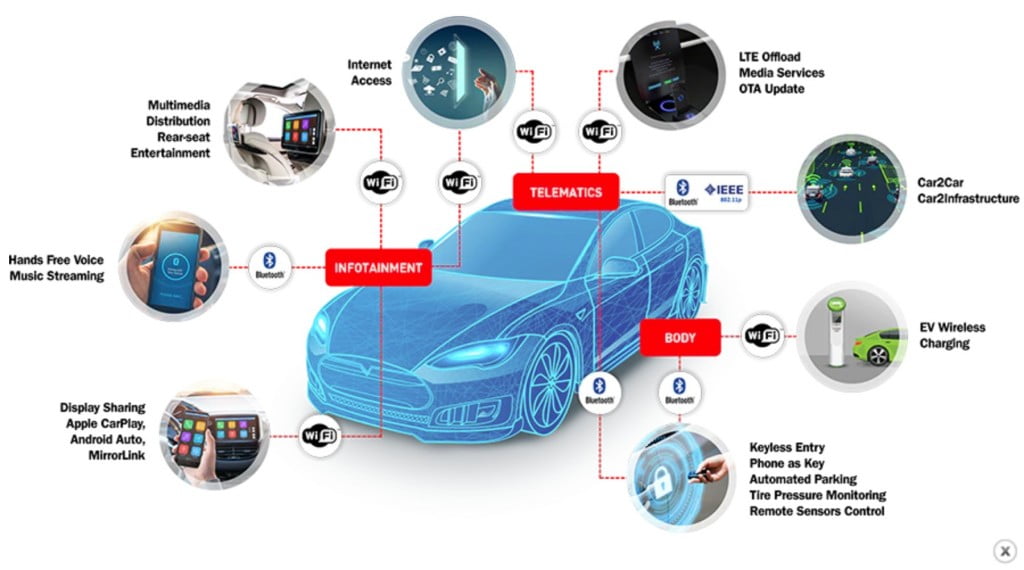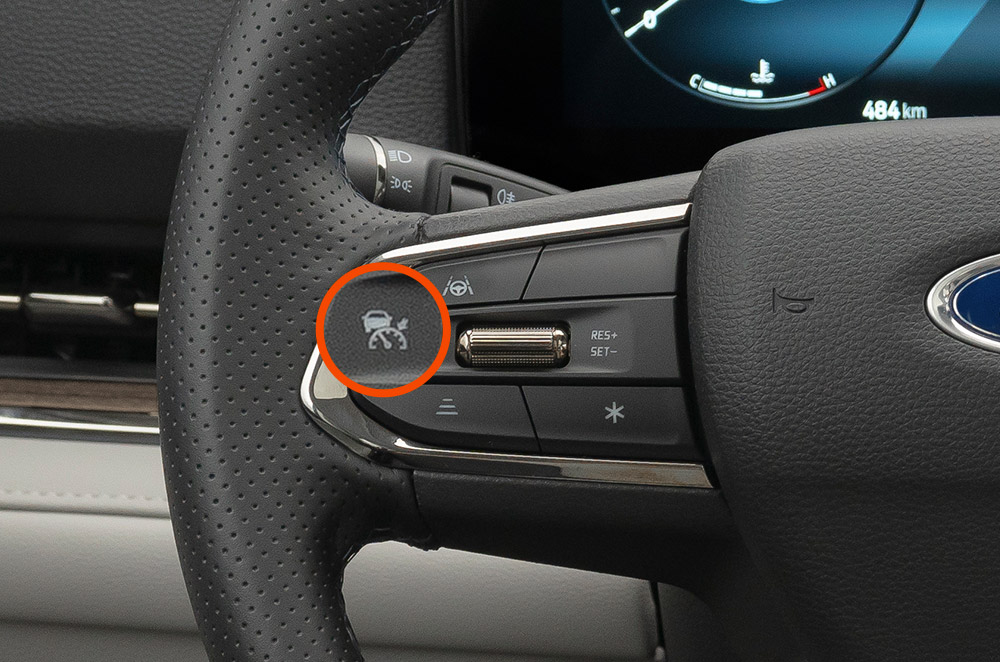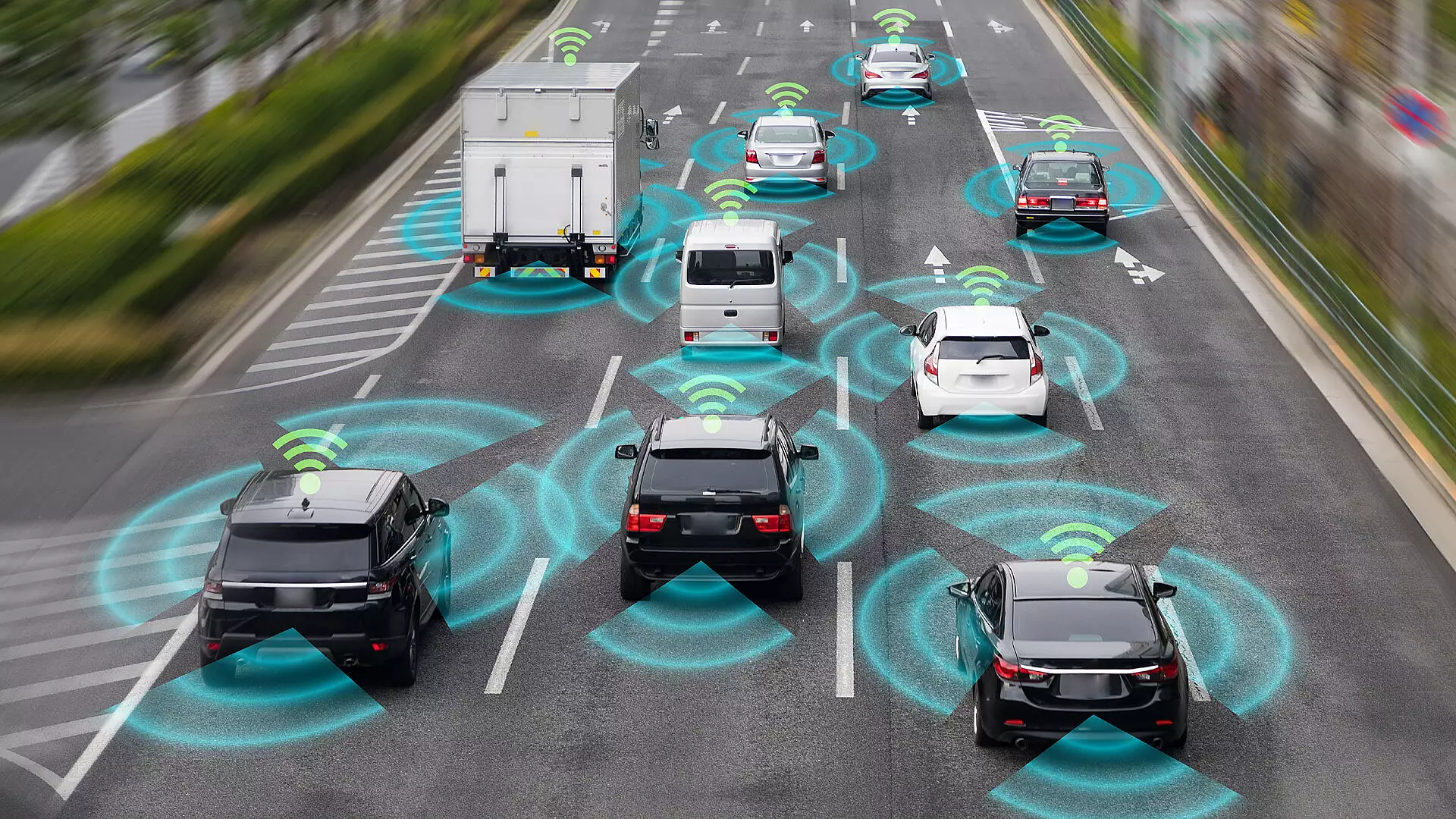
Introduction to Connected Cars
Are you ready to dive into the exciting world of connected cars? Imagine driving a vehicle that not only gets you from point A to point B but also enhances your safety, offers ultimate convenience, and optimizes efficiency like never before. Connected cars are revolutionizing the way we interact with our vehicles, merging cutting-edge technology with everyday transportation. Let’s explore the three key benefits of connected cars: enhanced safety, ultimate convenience, and optimal efficiency.
Enhanced Safety Features of Connected Cars
Connected cars offer a range of enhanced safety features that are revolutionizing the driving experience. One key feature is Automatic Emergency Braking, which can significantly reduce the risk of collisions by applying brakes when an imminent crash is detected.
Another essential safety feature is Blind Spot Monitoring, which alerts drivers to vehicles in their blind spots, enhancing awareness and reducing the likelihood of accidents during lane changes.
Additionally, Adaptive Cruise Control adjusts vehicle speed to maintain a safe following distance from the car ahead, promoting smoother traffic flow and minimizing rear-end collisions. These advanced safety technologies combine to create a more secure driving environment for both drivers and pedestrians alike in this era of IoT in Automotive.
– Automatic Emergency Braking
Imagine being on the road, cruising along and suddenly a pedestrian steps out in front of your car. Automatic Emergency Braking (AEB) in connected cars is like having an extra set of eyes watching out for you. This innovative feature uses sensors to detect potential collisions and automatically applies the brakes if necessary.
With AEB, drivers can have peace of mind knowing that their vehicle has their back in unexpected situations. This technology not only enhances safety but also reduces the risk of accidents caused by human error or distractions.
By incorporating AEB into connected cars, manufacturers are taking proactive steps towards preventing collisions and protecting both drivers and pedestrians. It’s a game-changer in automotive safety technology that adds an extra layer of protection on the road.
– Blind Spot Monitoring
Blind spot monitoring is a game-changer when it comes to driving safety. This innovative feature utilizes sensors to detect vehicles in your blind spots, alerting you with visual or auditory cues. It’s like having an extra set of eyes on the road, ensuring you stay aware of surrounding traffic at all times.
By eliminating blind spots, this technology helps prevent accidents caused by sudden lane changes or merging maneuvers. You can confidently navigate busy highways and city streets knowing that your car is actively looking out for potential hazards that may not be visible through your mirrors alone.
With blind spot monitoring, you can make safer decisions behind the wheel without having to constantly crane your neck to check for approaching vehicles. It’s a simple yet effective way to enhance your driving experience and reduce the risk of collisions on the road.
– Adaptive Cruise Control

Adaptive Cruise Control (ACC) is a game-changer in the realm of connected cars, offering drivers a seamless driving experience. This innovative feature allows vehicles to automatically adjust their speed to maintain a safe following distance from the car ahead. By utilizing sensors and radar technology, ACC helps reduce the likelihood of rear-end collisions by ensuring consistent speeds and distances between vehicles on the road.
Gone are the days of constantly switching between accelerating and braking in heavy traffic or on long highway journeys. With Adaptive Cruise Control, drivers can relax a bit more behind the wheel while still staying alert and in control. The system smoothly adjusts vehicle speed to match that of slower-moving traffic ahead, providing a stress-free driving experience.
Not only does ACC enhance safety by preventing potential accidents caused by human error or distractions, but it also promotes smoother traffic flow and reduces fuel consumption. Plus, with advancements in smart car technology, we can expect even more sophisticated features to be integrated into future connected cars.
Ultimate Convenience of Connected Cars
Imagine a world where your car listens to your every command. With voice recognition technology in connected cars, you can simply speak and your vehicle will respond. Want to change the temperature or play your favorite song? Just say the word, quite literally!
Remote access and control take convenience to a whole new level. Forget wondering if you locked the doors or turned off the lights – with connected cars, you can do it all from your phone. Need to locate your car in a crowded parking lot? No problem, just use an app to honk the horn or flash the lights.
The days of manual tasks are long gone as smart car technology paves the way for effortless driving experiences. With ultimate convenience at your fingertips, navigating through traffic and managing various aspects of your vehicle has never been easier!
– Voice Recognition Technology

Voice recognition technology in connected cars is revolutionizing the way we interact with our vehicles. Imagine being able to simply speak a command and have your car adjust the temperature, change the music, or even send a text message without taking your hands off the wheel. This hands-free functionality not only adds convenience but also enhances safety by minimizing distractions while driving.
With advancements in artificial intelligence and natural language processing, voice recognition systems in smart cars are becoming more intuitive and responsive. Drivers can now control various functions of their vehicle just by using their voice, making multitasking on the road easier than ever before.
Additionally, voice commands allow for seamless integration with other connected devices, such as smartphones and home automation systems. This interconnectedness creates a truly smart ecosystem where users can effortlessly manage their tasks both inside and outside of the car through simple vocal cues.
Voice recognition technology is shaping the future of automotive innovation by providing drivers with a convenient and hands-free way to stay connected while on the go.
– Remote Access and Control
Imagine being able to control your car from the palm of your hand, no matter where you are. With connected cars, this futuristic concept is now a reality. Remote access and control features allow drivers to lock or unlock their doors, start the engine, adjust climate settings, and even locate their vehicle using a mobile app.
Whether you’re running late and need to preheat your car on a cold winter morning or forgot if you locked your car in a busy parking lot, remote access provides unparalleled convenience. No more fumbling for keys or worrying about whether your vehicle is secure – it’s all at the touch of a button on your smartphone.
Additionally, remote control capabilities can also enhance safety by allowing users to remotely disable their vehicles in case of theft or unauthorized use. This added layer of security gives peace of mind knowing that you have full control over your car even when you’re not behind the wheel.
Optimal Efficiency with Connected Cars
Connected cars offer optimal efficiency through advanced features that streamline daily driving tasks. Real-time traffic and navigation assistance ensure drivers reach their destinations quickly and efficiently, avoiding congestion and saving time on the road. By providing up-to-date information on the best routes to take, connected cars help reduce fuel consumption and emissions.
Moreover, these vehicles come equipped with fuel and maintenance tracking capabilities, allowing drivers to monitor their vehicle’s performance in real-time. This proactive approach helps prevent unexpected breakdowns by alerting users about necessary maintenance or repairs before they become major issues.
With smart car technology integrated into connected cars, drivers can make informed decisions about their driving habits to optimize fuel efficiency further. By leveraging data insights provided by IoT in Automotive solutions, individuals can adjust their driving behavior for a more eco-friendly commute while also saving money on fuel costs in the long run.
– Real-Time Traffic and Navigation Assistance
Navigating through traffic can be a stressful experience, but connected cars are changing the game with real-time traffic and navigation assistance. With this technology, drivers can receive instant updates on road conditions, accidents, and construction delays. This feature not only saves time but also helps in avoiding potential traffic jams.
By utilizing GPS technology and data connectivity, connected cars provide accurate and up-to-date route suggestions to optimize travel time. Whether it’s suggesting alternate routes to avoid congestion or providing estimated arrival times based on current traffic patterns, this feature enhances the overall driving experience.
Forget about outdated paper maps or unreliable GPS systems; real-time traffic and navigation assistance in connected cars offer a seamless way to reach your destination efficiently. Stay ahead of the curve with live updates that keep you informed throughout your journey.
– Fuel and Maintenance Tracking
Maintaining a car can be a hassle, but with connected cars, tracking fuel consumption and maintenance schedules becomes effortless. Through IoT technology, your vehicle can monitor fuel levels in real-time, alerting you when it’s time for a refill. This feature not only saves you from running on empty but also helps in budgeting and planning your trips efficiently.
Furthermore, the maintenance tracking aspect of connected cars ensures that you never miss an oil change or tire rotation again. By keeping tabs on your vehicle’s health status and sending timely reminders for servicing, these smart systems help prolong the lifespan of your car while preventing unexpected breakdowns on the road.
With this level of automation and convenience at your fingertips, staying on top of fuel efficiency and maintenance needs has never been easier. Embracing the future of automotive technology means smoother rides and fewer worries about keeping your vehicle in top condition.
The Future of Connected Cars

As technology continues to advance at a rapid pace, the future of connected cars looks incredibly promising. With the integration of IoT in automotive, smart car technology is set to revolutionize the way we drive. Imagine a world where vehicles can communicate with each other and with surrounding infrastructure to create a seamless driving experience.
In the coming years, connected cars will offer even more sophisticated features such as predictive maintenance alerts based on real-time data analysis. This will not only enhance safety but also help drivers save time and money by addressing issues before they become major problems.
Additionally, advancements in artificial intelligence will enable connected cars to learn driver preferences and habits, providing a personalized driving experience like never before. From adjusting seat positions to selecting preferred music playlists, these AI capabilities will make driving more enjoyable and convenient for all.
The future of connected cars holds endless possibilities for innovation and improvement. As technology evolves, so too will our vehicles, offering unparalleled levels of safety, convenience, and efficiency on the road ahead.
Potential Downsides of Connected Cars
While connected cars offer a multitude of benefits, there are some potential downsides to consider. One concern is the increased vulnerability to cyber attacks. As vehicles become more integrated with technology, they also become more susceptible to hacking attempts. This could compromise not only the personal data stored in the car but also its overall functionality.
Another downside is the reliance on complex systems that may be prone to malfunctions or technical glitches. If a connected car’s software fails or experiences a bug, it could lead to safety hazards or inconvenience for the driver.
Additionally, there is a concern about privacy issues related to the constant data collection and sharing that occurs within connected cars. Users may feel uneasy knowing that their driving habits and location information are being continuously monitored and potentially shared with third parties without their full consent.
Conclusion
Connected cars offer a plethora of benefits that enhance safety, convenience, and efficiency for drivers. With features like automatic emergency braking, blind spot monitoring, voice recognition technology, real-time traffic assistance, and fuel tracking capabilities, IoT in automotive technology has revolutionized the way we interact with our vehicles. While there may be potential downsides to consider such as cybersecurity risks and data privacy concerns, the future of connected cars is undoubtedly promising. As smart car technology continues to advance and evolve rapidly, it’s clear that connected cars are here to stay and will play an integral role in shaping the future of transportation.
To know more about connected cars, click here. For more news updates on the automobile industry, visit QAWire


